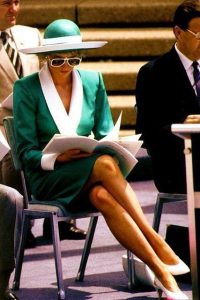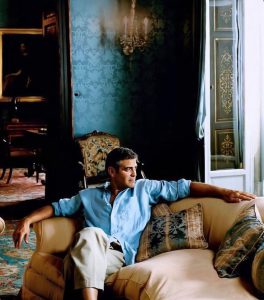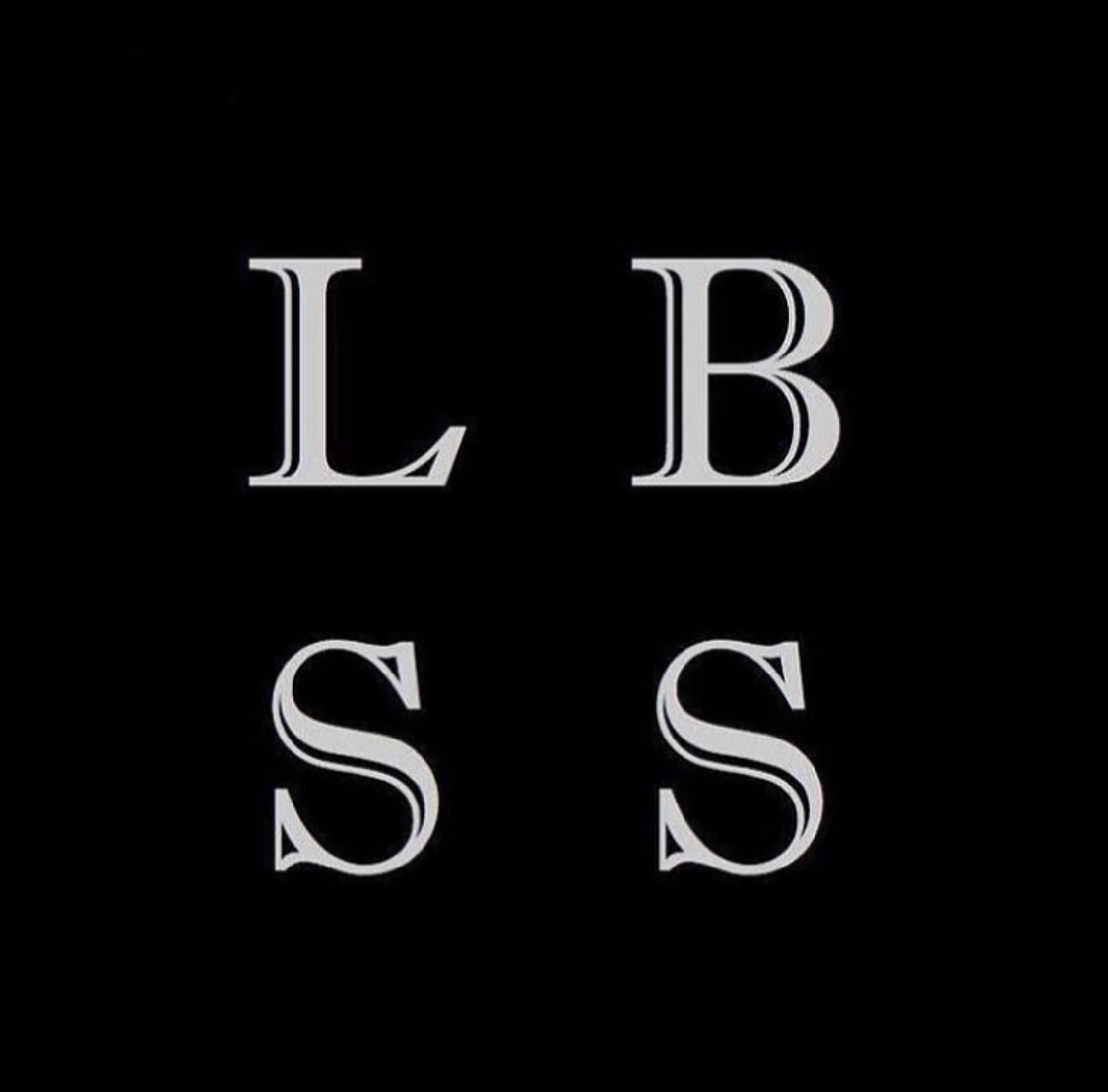You have probably heard of the old and new money aesthetics that are currently trending on social media but what is really behind these terms?
Those two concepts “Old Money” and “New Money” describe not only the way a person comes into wealth but also the fact that this is reflected in their spending habits and the social perception of them.
The concept of old money, romanticised by many today due to its sophisticated and classy aesthetic, refers to rich people who have inherited their wealth from a long line of ancestors instead of only earning it. Also called “quiet luxury”, old money has been a topic of conversation on various social platforms, having specific “staples” assigned to it. From being a lifestyle goal, the concept has become an aesthetic trend.

Old money style – cc: @pinterest
Old money style is mainly associated with preppy, chic, and mostly monochromatic clothing, which stands out due to their quality rather than label. Logos, which seems to be an essential aspect of luxury items today, are usually not the focus on old-money clothing. The style’s elegance and sophistication rises from its simple, yet refined nature. Some of the pieces that instantly come to mind when thinking of old money style are argyle vests, polos, blazers, white sneakers, and low-heeled pumps. These clothing items are timeless; specifically due to their classic appearance and muted color scheme, mostly consisting of beige, cream, and white tones. Pearl accessories, brooches, dark sunglasses, leather gloves, and silk scarves are a few of the most common accessories that can be spotted in old money styles.

Quiet Luxury style – cc:@pinterest
The old money attire works to establish the idea that “the things that don’t scream wealth are actually representative of extreme riches”, which is in fact the opposite of the image that rich people tend to have today. In fact, most old money people these days may consider the new money spenders through the stereotype of “lacking in class and mannerism” due to their way of displaying their wealth. Some high-luxury brands that are renowned for their old-money codes are Ralph Lauren, Loro Piana, Hermes, Giorgio Armani, and Brunello Cucinelli, due to their timeless designs and qualitative materials. In their communication, they put an emphasis on their heritage, and accentuate the quality of their pieces that justify their premium prices through their superior craftsmanship. As opposed to these, brands such as Gucci, Fendi, and Prada tend to communicate on their labels, following the logo mania trend creating exaggerated designs that scream luxury, often referred as “show off”. Their quietness also comes from traditions and catholicism. Additionally, families used to be quiet about their wealth in order to avoid jealousy and envy that could endanger their wealth and power.

Ralph Lauren aesthetic – cc:@pinterest
One of the main figures that is looked up to by many for her old-money fashion style is Princess Diana. Her iconic wardrobe from the 80s included blazers, blouses, skirt suits, berets and hats, gloves, pencil skirts, sweaters, and so on. She often added pearl or gold jewellery, as well as accessories like thick belts and sunglasses to complete her style. Her usually simple, yet classy style and effortlessly elegant looks have inspired many to adopt the old-money aesthetic. Other figures from European Monarchies or powerful American figures from the 50s are often used as inspiration for this aesthetic. Such as Princess Grace Kelly with her eponymous iconic bag or Audrey Hepburn and Jackie Kennedy. The old money style is still a desired aesthetic trend that is circulating social media today, especially appealing to new generations that seek to define their identity closer form those figures incarnating power and wealth. People enjoy recreating old money styles by preferring quality over quantity for the items they purchase and selecting “neutral shades that can be worn interchangeably” and will last a long time. Often, it is seen for them as a way to get closer to their ideal lifestyle and wealth codes, in an attempt to use wealthy fashion codes and lifestyle as a way to rise and break the glass ceiling in order to access their dream of recognition, power and influence.

Lady Diana – cc: @pinterest
The origins of old money can be traced back to European royalty and American Ivy League universities. However, it is important to acknowledge that this heritage has a dark side, as it is built on exclusivity, discrimination, racism, and sexism. For example, fashion trends such as polo shirts in the 90s and more masculine clothing styles were adopted by female Ivy League students years before they became popular. But why did they take those items from Mens dressings? These trends were an attempt to be taken seriously in a society that did not value women’s intellectual abilities, and the only way to avoid harassment was to adopt a more masculine appearance. Therefore most of those fashion codes are inspired from the 50s and the “classy” aesthetics of that time based on white old men, housewives, first ladies, princesses, and Ivy League universities. However, as soon as these trends became popular, they were no longer exclusive to old money families, and instead became mass-produced for the general public, shifting from being luxurious to being “masstige”. Then real old money figures often tend to shift away really quickly and to look down on those “masstige” codes. Therefore the pursuit of the old money aesthetic is often endless and leads to unsuccessful attempts to be someone you are not. One infamous example of that pursuit could be Anna Sorokin, better known as Anna Delvey, the fake German heiress. Or more recently, all old money trends inspired by TikTok or Netflix with shows such as Elite that lead to Stereotyped preppy styles. Those trends, as mentioned earlier, are often highly looked down by the main Old Money heirs and considered as ringards. While they are turning to new modern lowkey brands such as Patou or way more expensive, such as Hermès and Bruno Cuccinelli. On another hand, the real leaders that might end up managing their way to these standards/ideals, are often highly successful New Money leaders. Ultimately, over time, some of these new money individuals adapt their codes and become accepted into and a real part of the old money circles, such as Mark Zuckeberg, Lady Gaga, Bernard Arnault, Rihanna, Barack Obama or Angelina Jolie.

American Ivy League universities aesthetic – cc:@pinterest

Celebrities in old money style – cc:@pinterest
